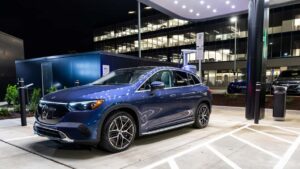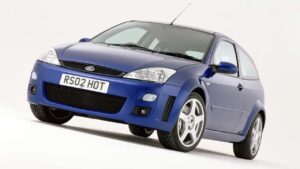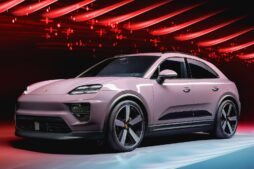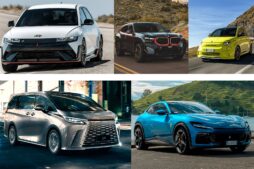Priority Still High-End for Company, Per CEO’s Update.
Mercedes-Benz has recently released a statement from their spokesperson, stating that their long-term strategy is to transition to all-electric vehicles in the future, as long as market conditions permit. However, in the short and near term, the company plans to utilize the strength of their top-end vehicle portfolio (TEV) while also maintaining flexibility in their approach to internal combustion engines (ICE), electric vehicles (EV), and plug-in hybrid electric vehicles (PHEV). This will allow Mercedes-Benz to capitalize on growth opportunities and cater to the demands of local markets.
We have the potential to expedite the advancement of our primary sectors this year, thanks to the introduction of fresh models such as the E-Class, a more robust inventory of the GLC (in contrast to 2023’s scarcity), and an abundance of high-end debuts including the S63e, G-Class, G-Class Electric, and AMG GT.
“In 2024, we are excited to introduce 25 new products to our lineup, which will include brand new models in our core segments. This expansion is a testament to our commitment to our long-term goals and focus on top-end segments.”
According to Mercedes’ 2022 “Economics of Desire” strategy, their focus will now be on producing more lucrative luxury vehicles. This means that over 75 percent of their research and development funds will be dedicated to creating products that can compete in the most profitable market segments. This includes their “Top-End” cars like the S-Class, SL, and G-Class, as well as their high-performance AMG and ultra-luxurious Maybach brands. However, recent reports from Automotive News suggest that the German automaker may be changing course and scaling back their efforts to target the high-end market in the United States.
Despite the possibility of the wealthy becoming even wealthier, Mercedes reportedly informed its dealers at a recent gathering in Las Vegas that they are shifting their focus to more affordable vehicles in order to boost sales by 2024. According to a dealer who was present at the meeting, a representative for the prestigious German brand declared, “The previous year was centered on achieving profitability, but this year, our main goal is to increase sales.” The strategy involves expanding the availability of gasoline and hybrid cars, with a strong emphasis on the popular C-Class and E-Class models, as well as their equivalent GLC and GLE counterparts, which are expected to be their primary source of revenue.
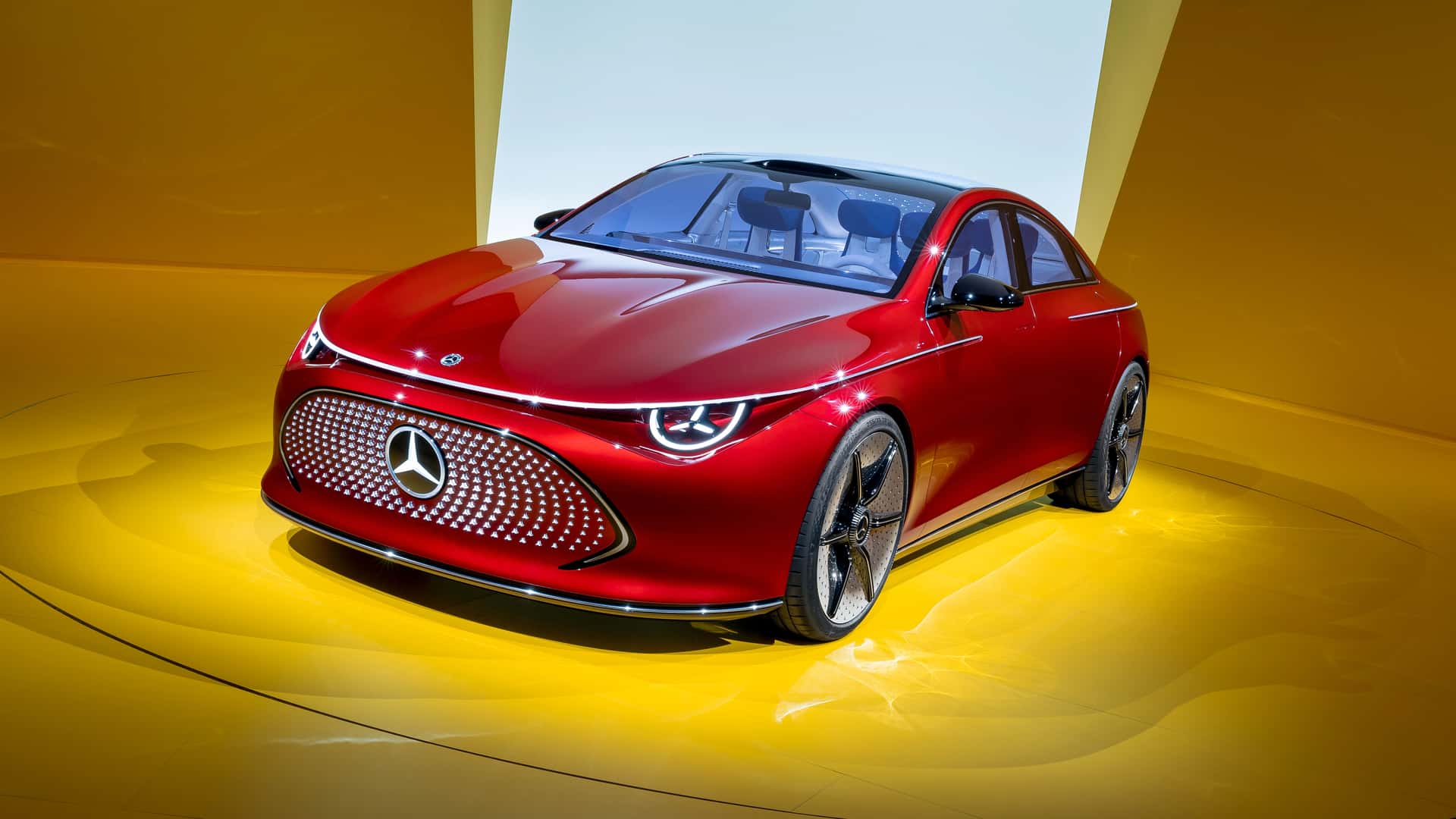
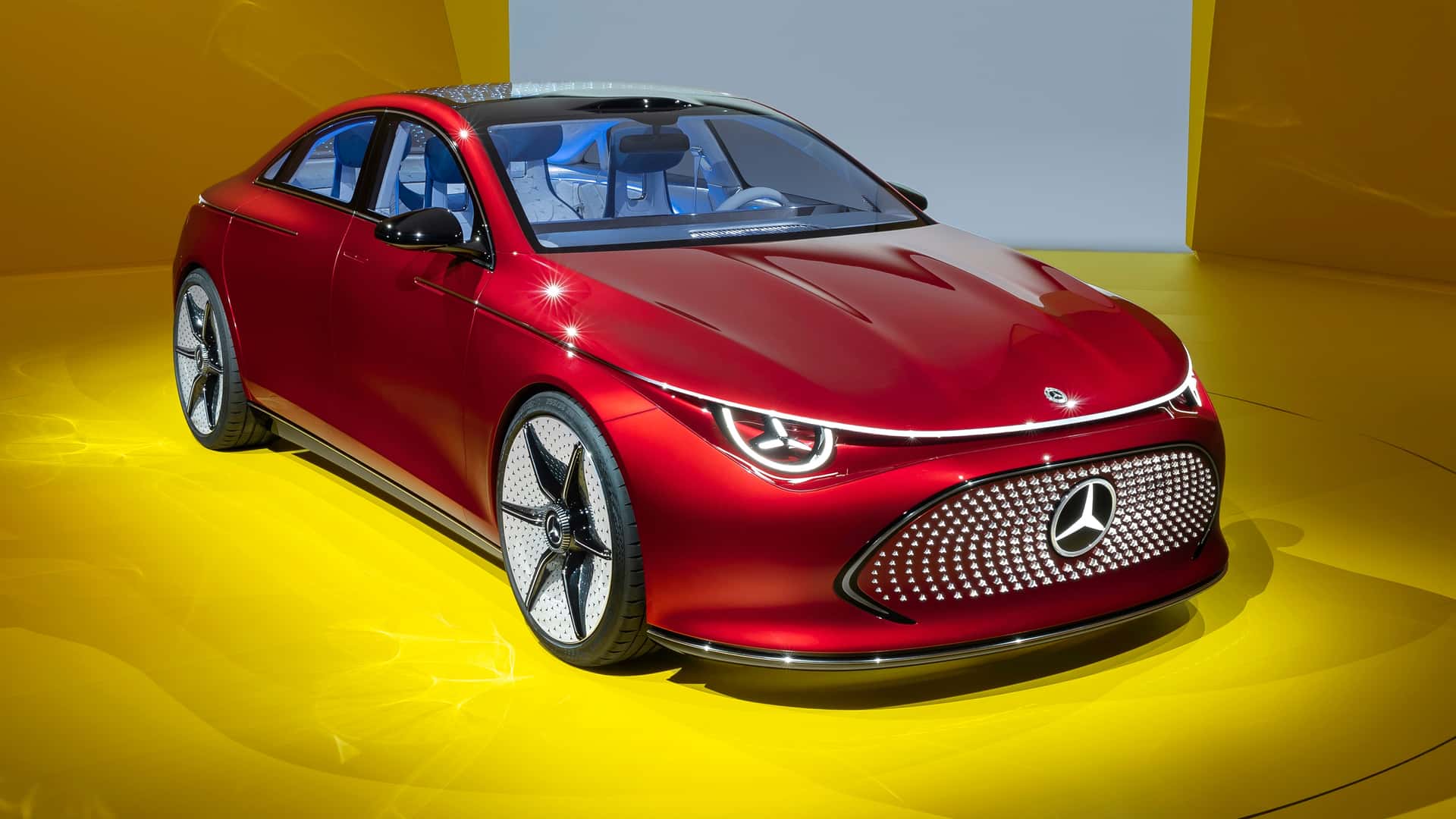
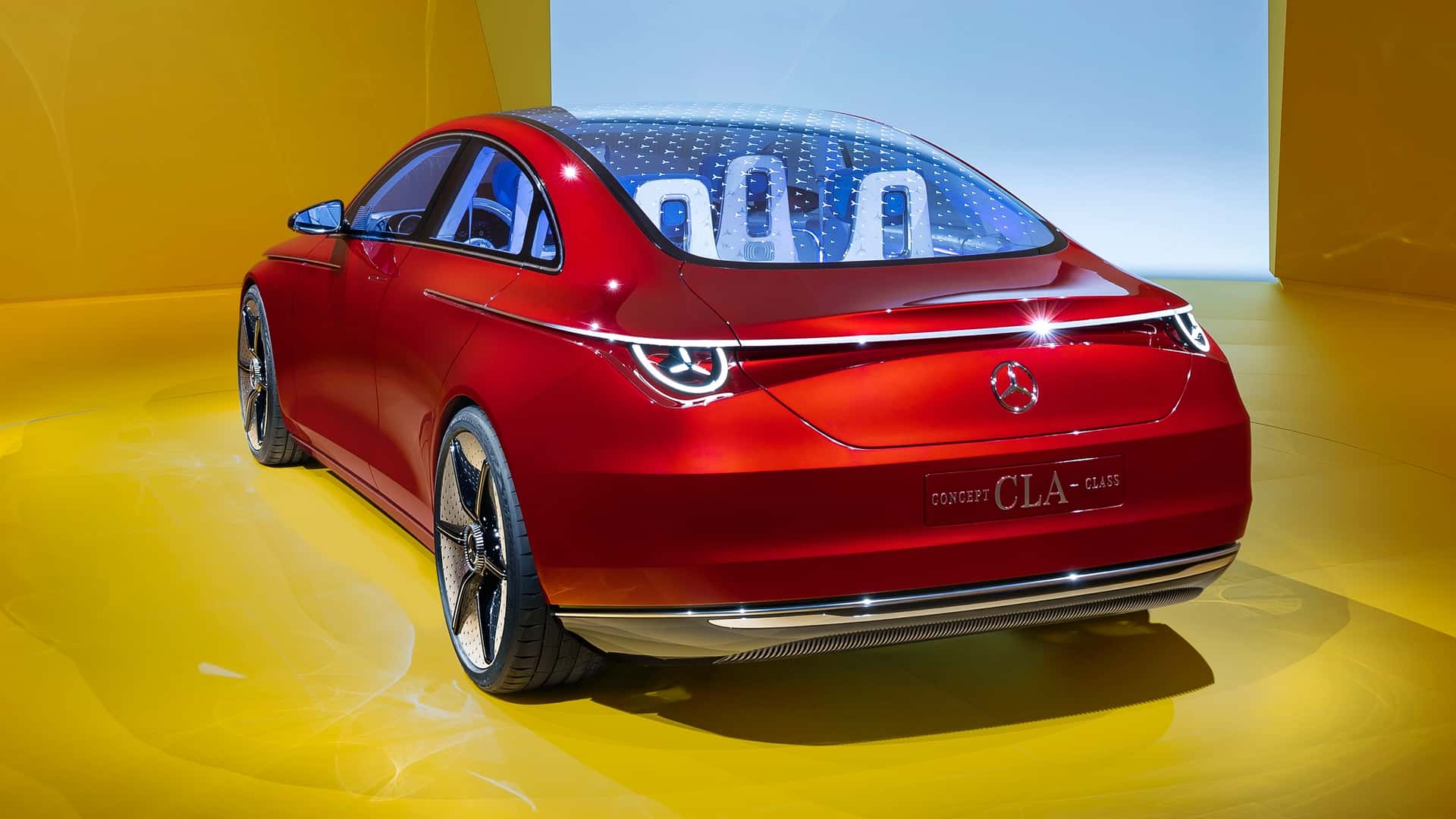
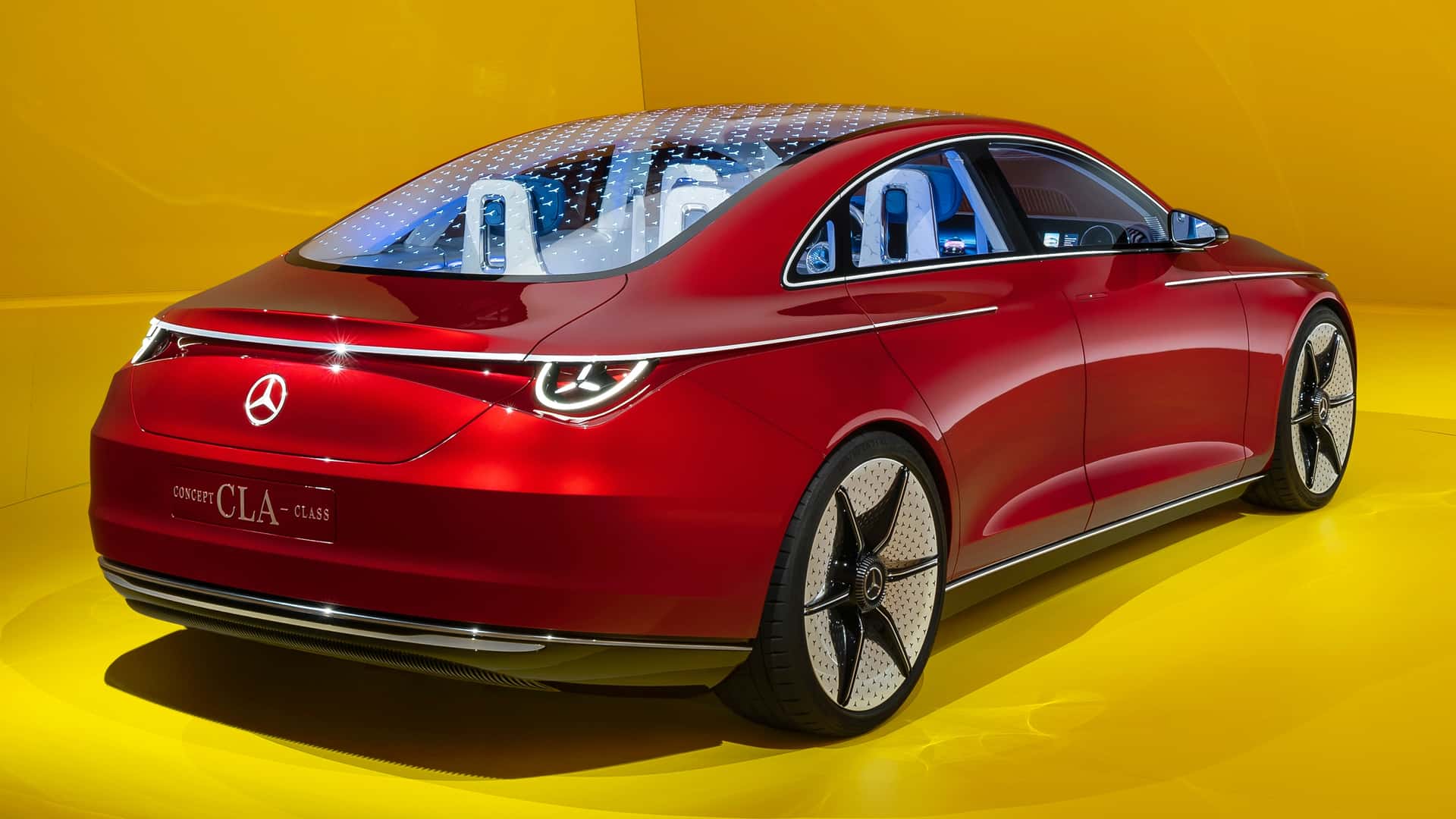
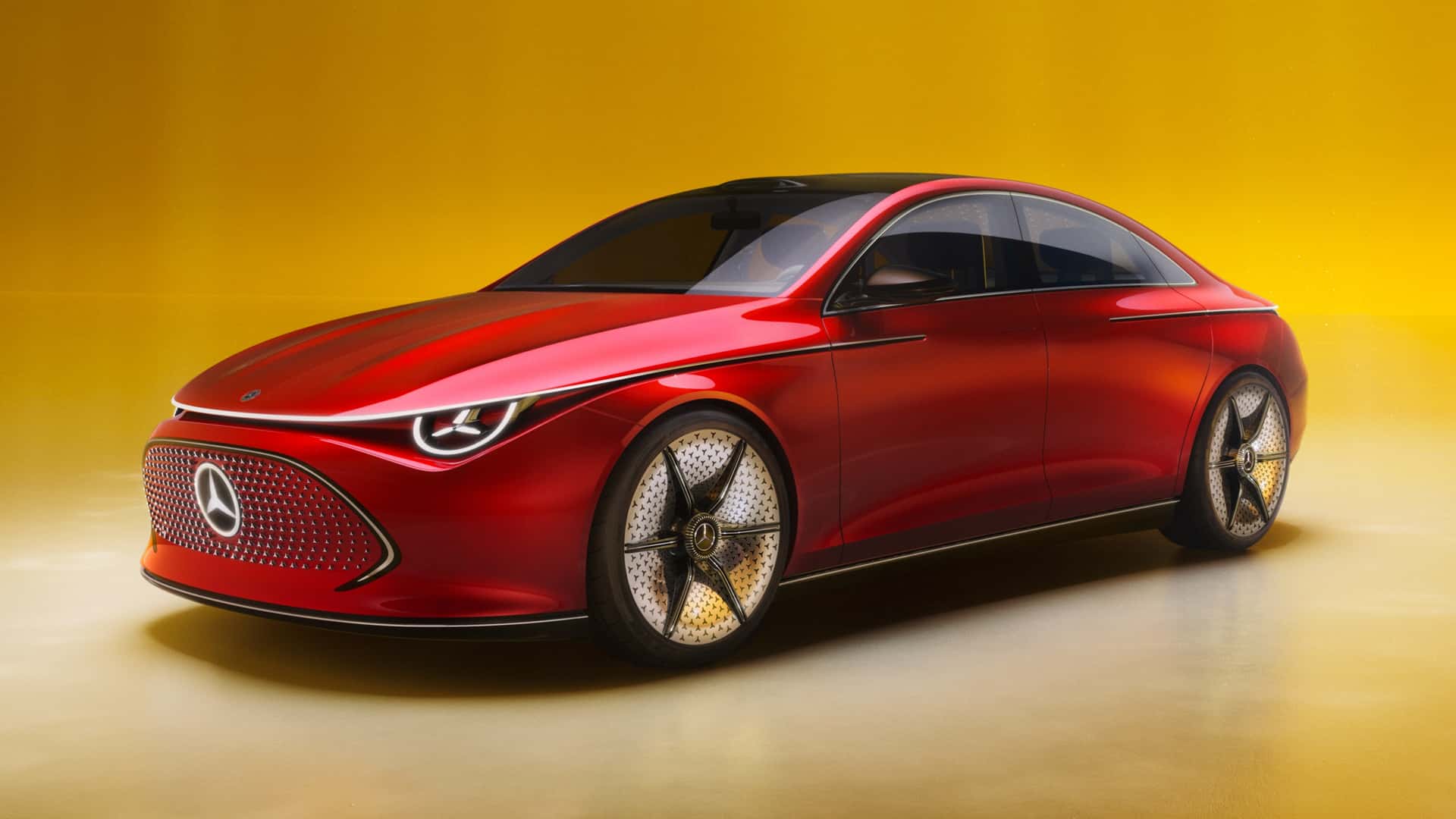
Mercedes is set to reveal the successor of the CLA in 2024, but it may not be available for purchase in the US until 2025. The concept vehicle shown here was named after last year’s model and has the capability to accommodate both electric and combustion engines due to its Mercedes Modular Architecture. The upcoming line of compact cars will consist of two SUVs and a shooting brake, which has been hinted at as the next generation GLA, GLB, and CLA Shooting Brake. It is uncertain if the latter will be offered in the United States, especially since Mercedes does not currently sell the C-Class wagon in this market.
According to Mercedes-Benz vice president of development for electric drive, Christoph Starzynski, the company will utilize the upcoming MMA platform for their highly anticipated “Little G” vehicle, set to debut in 2026. The new architecture has been specifically designed to prioritize electric vehicles, but will also incorporate internal combustion engines. Starzynski stated to Motor1 that the focus will be on compromising on the ICE side rather than the EV side. This may come as a surprise to those familiar with Mercedes’ famous slogan, “the best or nothing.”
Supporting Mercedes, it was a logical business strategy to concentrate on luxury vehicles in the wake of the COVID-19 crisis. By 2022, there was a widespread scarcity of semiconductors, leading to supply challenges. As a result, the company opted to prioritize the use of its limited components for larger and higher-priced cars, which generated greater earnings.
In the year 2024, with the electric vehicle industry seemingly slowing down and interest rates on the rise, it is reasonable to focus on products that cater to a larger market. However, this choice does present a conflict with the brand’s goal of moving towards a more high-end market. Nonetheless, steps are being taken to achieve this goal by streamlining the selection of compact cars. It is anticipated that popular models like the A-Class hatchback, A-Class sedan (which was discontinued in the US after the 2022 model year), and the B-Class minivan will no longer be produced.
In the United States, Mercedes announced to dealers during a meeting that a minimum of 25 new and improved models will be available for purchase by 2024. An AN interview with a dealer representative revealed their satisfaction with the shift towards more affordable vehicles, highlighting their ease of selling.
The objective for 2024 is to distribute more than 300,000 automobiles in the United States, where Mercedes achieved a total sales of 282,229 vehicles (excluding vans) in 2023. This represents a slight decrease of approximately 4,500 units from the previous year’s numbers.
We have contacted Mercedes-Benz USA for a statement and will update the article accordingly if we receive a response.
Source: Automotive News
